It was the star of the show, but now that Android L has been released for preview to Nexus 5 and Nexus 7 owners, there's a lot that Google didn't tell us about their latest mobile operating system, rumored to be called Lollipop.
First off, if you haven't already installed the preview build of Android L, what are you waiting for? Dallas has a great guide for installing the build using a Windows computer (it's pretty much an automated process), and Neil has one for Mac or PC (using fastboot commands).
Both are ridiculously easy methods, so get that puppy up and running, and follow along with us as we explore the hidden secrets of Google's new OS.
Android L's New Lock Screen
As the standard landing screen when booting or waking our devices, the lock screen got small but significant updates. First and foremost are the notifications, sitting front and center. You can swipe them away or tap to interact with them.
This is very similar to Apple's iOS and Samsung's TouchWiz interface, but with a very card-like Google aesthetic. Tap a card and it comes into focus. Tap it again and you'll launch into it. Additionally, a swipe to the right will take you straight into the dialer (Nexus 5 only), and a swipe to the left will launch the camera.
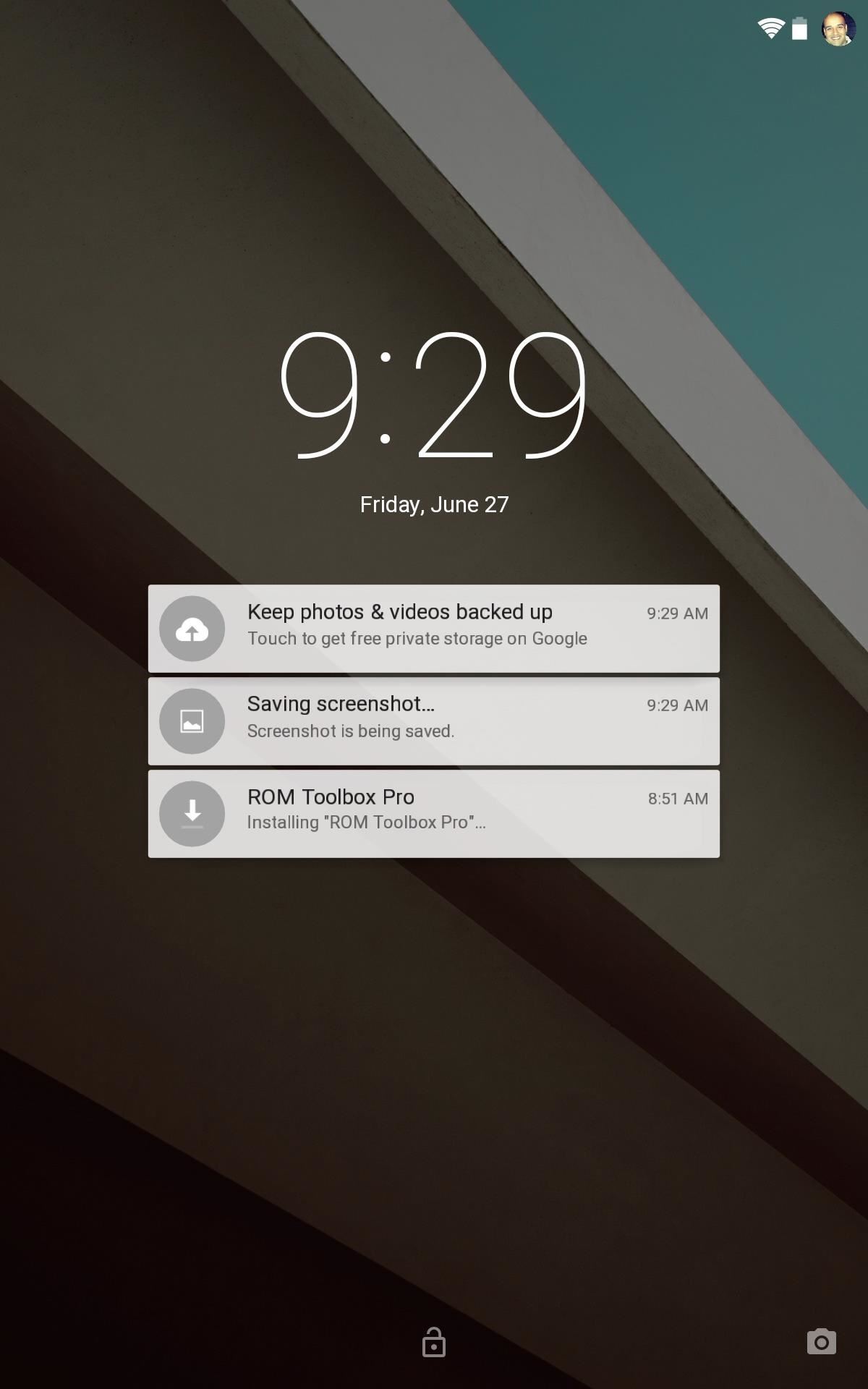


One thing very noticeably missing from the lock screen are the widgets, though I'm willing to bet those get added back into the public release. To be honest, I can live without lock screen widgets, but the lack of the gorgeous full screen album art music controls are something I'll be waiting for with bated breath.


Android L's New Notification Area
Arguably the biggest revamp, the changes are clear right off the bat. Pulling down on the status bar now brings a more card-like and compact notification area that doesn't use the entire width of your display. Pull that down further, and you've got access to common settings, one of which is new to phones: Rotation Lock.


One big bummer, at least for now, is the lack of a "clear all" option for notifications, although again, I'm sure it'll be added back in.
A great new feature, borrowed from iOS, is the Do Not Disturb option. You can assign it for certain contacts, allow messages, and set it to automatically turn on for a given time period.

You can also control how notifications appear in DND-mode and the lock screen, and toggle them on a per-app basis.



And of course, DND can be toggled and adjusted through the notification toggles.

Android L's New Battery Settings
KitKat caught a lot of flack for not relaying accurate battery stats, but that's now a thing of the past. And because stats are now legit, Android L is able to tell you the amount of time until your device is charged (when plugged in) and the amount of time your device will have power.
Additionally, Google has introduced a new battery saver mode for those times when you're low on juice but don't have a charger handy.



And remember that hidden battery percentage can still be unlocked, and as Neil showed us, this time it'll actually be visible.
Android L's New Phone Dialer
The dialer has some new looks...and that's about it. Still present is universal number search, but the "Material Design" theme is front-and-center and the floating "dialer" is ever-present.



And There's a Whole Lot More...
There's a ton to cover here, and we'll constantly update the article as we uncover more Google goodness. Here are a few more things from the first preview build...
New Keyboard
The Google Keyboard now sports a nice, flat look—but it functions just like the current version. Luckily, you don't need to be on the L build to use it, as it's available for just about all devices.
If for any reason you aren't a fan of the new design, head to Settings -> Language & input and hit the gear icon next to Google Keyboard. From there, scroll down to Advanced settings -> Color scheme and change it from "Material" to "White".

Revamped Settings
The settings panel received a much needed facelift. Gone is the drab dark layout, replaced by a lighter look. The addition of the search function within settings will make it easy to find just what you're looking for.


Accessibility
System captions, inverted colors, and color correction have made their way to the new build.



Wi-Fi NFC Tagging
Google is still betting on NFC, and with L, they've introduced a built-in option to share your Wi-Fi connection with others via NFC tags.


Data Compression
A months-old feature from Chrome, Google has now expanded WebView connection compression system-wide. Located in Developer Options, this feature will proxy WebView connections through Google's servers.

Adaptive Brightness
The days of "Auto brightness" are seemingly over, with the intelligent, or at least more intelligently-worded, "Adaptive brightness" in its stead. Available in Display settings, ticking this option will dim the display based on available light. Whether or not the setting is toggled, you can still adjust the brightness manually through Quick settings.


Changes...Changes Everywhere!
There's a lot here, but what this boils down to is building a more cohesive and unified experience for consumers, especially those coming from iOS.
The war of words between Android and Apple loyalists has been raging for some time. Android fans claims Apple introduces "innovations" that Android has had for years, like third-party keyboards and actionable notifications. Apple fans claim that Android is a broken system, with too many varied options and not enough polish. The thing is, they're both right.
Apple has been borrowing from Android for a while now, and it's clear that Google has borrowed from Apple a few times as well. Samsung has had lock screen alerts for some time, and Google just introduced them with L, but that feature is straight out of the iOS design book.
Apple's seemingly exclusive "polished" look? Well, Google just put an end to that exclusivity, as Android L has polish by the pound. Transitions are just a small part of Google's new Material Design concept, but they certainly create a smooth user experience. Collapsible alerts and an inviting color scheme only enhance the experience further.
In the end, these two ecosystems are beginning to resemble each other more than they are differentiated. As Apple begins to loosen its tight grip on its OS, Google is closing some of the openness that had become an Android staple.
While Apple may never be as open as Android, Google is closing the aesthetic and usability gap with Android L. Of course, the next iPhone will be a hit—Apple can include free strains of bird flu with the device and it would still sell out—but Android L has to have the folks in Cupertino scrambling to find their next breakthrough.
Who needs a wand? Unlock your magical powers and transform yourself from a Muggle into a Wizard or Witch just by using your Android phone. See how:






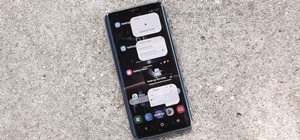
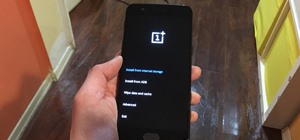

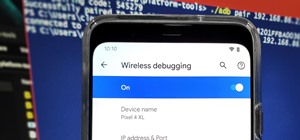


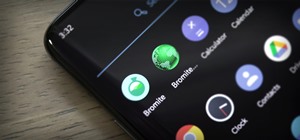

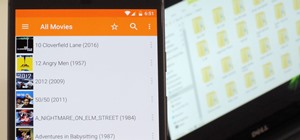


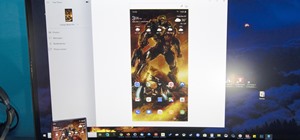
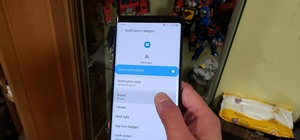
Be the First to Comment
Share Your Thoughts